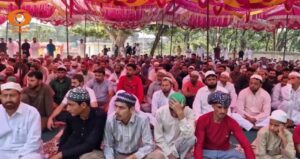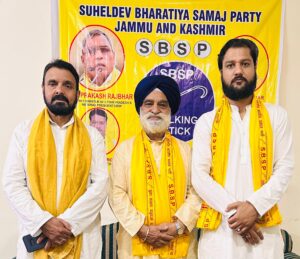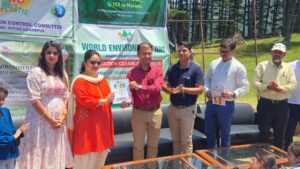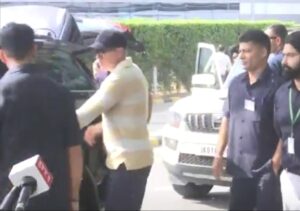QUIZ on Volcanoes
Quiz on Volcanoes
1) A weaker zone of the mantle called asthenosphere, usually is the source of _______.
Answer: magma
2) Along with lava, small quantities of pyroclastic materials and ashes find their way to the ground.
Answer: False
Correct Sentence: Along with lava, large quantities of pyroclastic materials and ashes find their way to the ground.
3) Lava is who but the magma on earth surface?
Answer: Lava
4) _______ _______ have low slopes and consist almost entirely of frozen lavas.
Answer: Shield volcanoes
5) The Deccan Traps from India, presently covering most of the _______ plateau, are a much larger flood basalt province.
Answer: Maharashtra
6) They extend to _______ _______ as well as distance.
Answer: great height
7) These volcanoes consist almost entirely of loose, grainy cinders and almost no _______.
Answer: lava
8) Flood Basalt Provinces. These volcanoes outpour highly fluid lava that flows for _______ _______.
Answer: long distances
9) The Hawaiian volcanoes are the most famous examples.
Answer: True
10) Along with lava, large quantities of _______ _______ and ashes find their way to the ground.
Answer: pyroclastic materials
11) What is the source of magma called asthenosphere?
Answer: A weaker zone of the mantle.
12) What is the magma Lava on earth surface?
Answer: Lava.
13) What is the term used to denote the melting rocks and related materials seen inside earth?
Answer: Molten.
14) What is a volcano?
Answer: an opening in the earth's crust through which gases, molten rocks materials , ash, steam etc. are emitted outward in the course of an eruption
15) What is the name of the opening in the earth's crust?
Answer: A volcano
16) Where do the gases, rock and soil come from?
Answer: crust
17) What is the vent like?
Answer:
---------Notes----------
A volcano is an opening in the earth’s crust through which gases, molten rocks materials (lava), ash, steam etc. are emitted outward in the course of an eruption. Volcanic activity is an example of endogenic process. Different land forms can be formed such as a plateau (if volcano is not explosive) or a mountain (if the volcano is explosive in nature) Volcanoes are classified on the basis of nature of eruption and the form developed at the surface. The process by which solid, liquid and gaseous material escape from the earth's interior to the surface of the earth is called as Volcanism. Volcanoes can also be classified based on the frequency of eruption, mode of eruption and characteristic of lava. Volcanoe types include caldera, crater, flood basalt provinces, mid-ocean ridges, flood plains and mid-Ocean Ridge volcanoes. Caldera is a huge depression caused by a collapse after a large-scale eruption, whereas a crater is a small, steep side, volcanic depression bored out by an eruptive plume. A crater is also a small steep side of a volcanic depression, volcanic depressions are called calderas. The Deccan Traps from India, presently covering most of the Maharashtra plateau.





